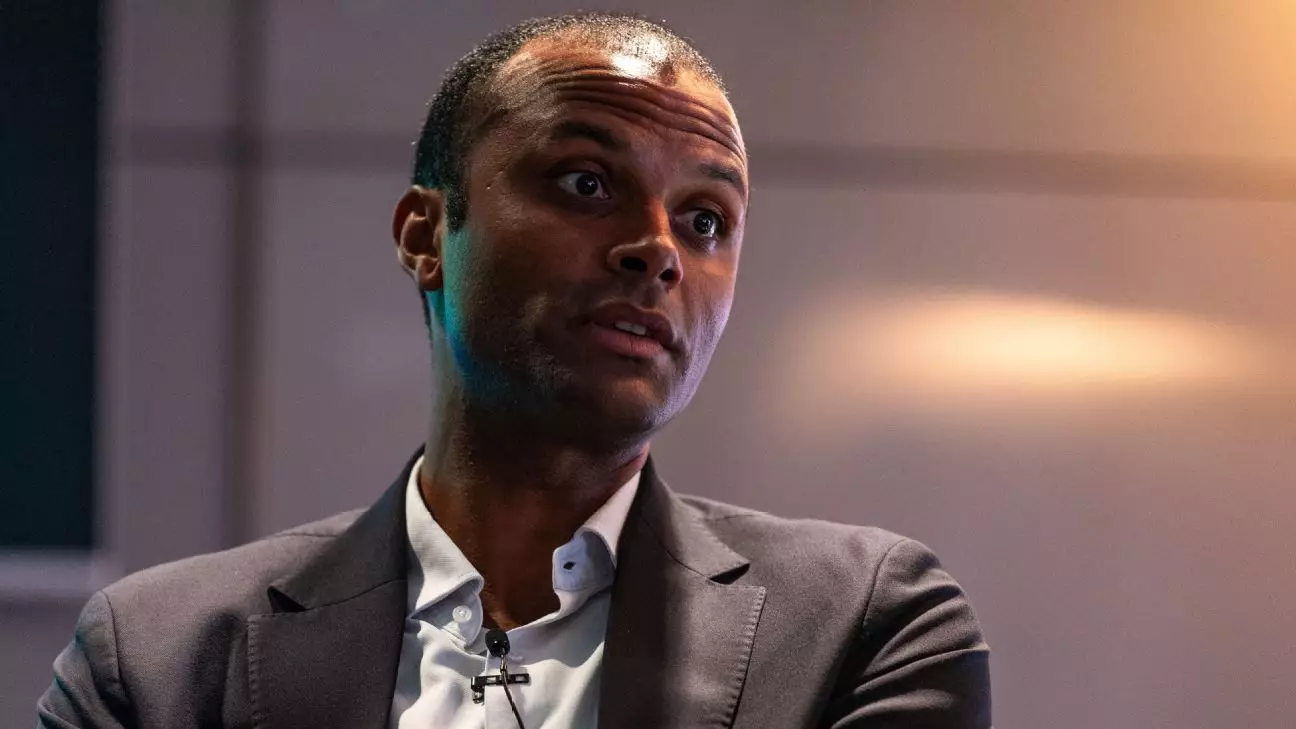In a landscape where the physical stress on professional footballers is reaching critical levels, Maheta Molango, the chief executive of the Professional Footballers’ Association (PFA), has voiced concerns regarding player welfare. With stars like Jude Bellingham, Bukayo Saka, and Phil Foden at risk of burnout due to a grueling fixture schedule, the time for serious discourse about player protection has arrived. His comments arrive amidst discussions of potential strike action, highlighting a growing discontent among players about their workloads and the future of football as a whole.
The physical toll that modern football imposes on players cannot be overstated. With the domestic leagues intensifying and additional competitions like the FIFA Club World Cup looming, players face the risk of injuries and shortened careers due to the relentless pressure to perform. Injuries to Bellingham, Saka, and Foden, who were instrumental in leading England to the Euro 2024 final, serve as alarming indicators of this trend. The increasing frequency of injuries among high-profile players, including season-ending ACL injuries to Rodri and Dani Carvajal, further highlights the urgent need for reform in how football manages player commitments and schedules.
Molango emphasizes that the current situation is unsustainable. As he articulated, “If we do not protect them, their ability to perform at the highest level will be hampered.” This statement resonates as it underscores the potential ramifications not just for individual players but for the sport itself. The longevity of a player’s career should ideally not be sacrificed at the altar of profitability and ratings, yet this seems to be the direction in which football is heading.
FIFA’s decision to host a 63-game Club World Cup in the United States within an already congested schedule illustrates the severity of the problem. This scheduling conflict, particularly with the international window occurring just prior to the tournament, raises fundamental questions about the feasibility and logic of such decisions. Molango’s assertion that the timeline is “impossible” underscores the impracticality of forcing players to stretch their limits.
When marquee players like Rodri express concerns about potential strike actions, it becomes evident that footballers are reaching their limit. “It’s just impossible to make them [players] fit both in,” Rodri remarked, reinforcing the idea that the longer the authorities ignore these issues, the louder the call for radical solutions, including strikes, will become.
The collective voice of players is a growing force that cannot be ignored. Molango stresses the role of the PFA as the union that represents these athletes, stating that the organization’s purpose is to provide them with the necessary support. The idea that players may feel compelled to take extreme measures like striking reflects a significant breakdown in communication and responsibility among football authorities. When players no longer see viable solutions to their grievances through dialogue, it’s a cue for governing bodies to reassess their priorities.
The chilling reality is that, without protective measures, promising talents may face significant physical impairments later in life. Molango’s imploring about the extent of hip and knee replacements among former players speaks volumes. The cumulative stress and injuries incurred as a result of back-to-back games over multiple seasons do not merely vanish when a player retires; they become lifelong burdens.
The current narrative in football is a complicated one, interwoven with the interests of fans, clubs, and commercial success. Yet at its heart is the need for balance—between the sustainability of a player’s career and the demands of the sport. Molango’s vision for the future necessitates that football authorities adopt a proactive stance in ensuring that young stars like Bellingham, Saka, and Foden are given the opportunity to thrive without jeopardizing their long-term health.
As discussions around fixture congestion continue to rise, it is pivotal for both players and stakeholders to recognize that implementing a more reasonable schedule is not just beneficial but essential for preserving the integrity of the sport. The future of football lies in valuing the individuals who make the game what it is today, ensuring that they can enjoy fulfilling, successful careers while also protecting their well-being and longevity.
In essence, the plea for reform in football is not just a matter of maintaining player health; it’s about nurturing the very fabric of the game. If the industry fails to recognize and adapt to these realities, the implications could be dire—for the players, the sport, and the fans who cherish it.

